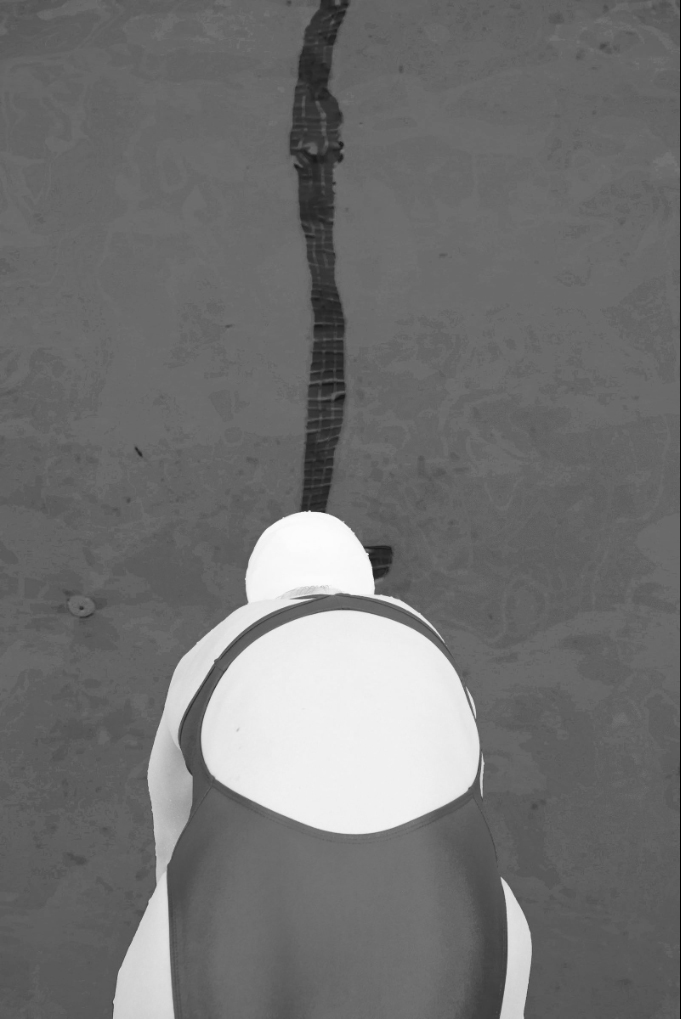Erik Madigan Heck: Old Future
Review by Damon Stanek
Weinstein Gallery
Sept 8–Nov 4, 2017

So often we are forced to ask: Is fashion photography art? Unfortunately the answer must remain: It certainly can be art. This exhibition presents almost two dozen editorial photographs by Erik Madigan Heck, many from his book Erik Madigan Heck: Old Future. Rather than asking whether this commercial work can be art, it may be more instructive to ask how Heck’s transposition from the magazine page to the gallery wall attempts an aesthetic transformation; it is to ask how Heck uses beauty.
As photo-art, it seems as though size matters, and Heck’s large-scale photographs clearly reference the painting tradition. Floral (2012), commissioned by designer Mary Katrantzou, inflates an already dense magazine page into the scale of tableau painting. Floral builds up striated bands of saturated color that echo the canvases of Peter Doig. I pick up other distinct painting references in Heck’s works: Gustav Klimt, Marc Chagall, Pierre Bonnard, Edvard Munch. Yet, ultimately his work conveys a stronger conceptual allusion to the jewel-encrusted tortoise found in J.K. Huysmans decadent novel À rebours than to any painting tradition.
Heck’s photographs push against semblance, thereby failing to accomplish what photography can do best: reveal to us what we have never known, never witnessed and never understood. In his portrait of Katie Ledecky, originally published in The New York Times Magazine, Heck reworks the image, scrubbing away the signifiers of flesh and dimensionality, and stripping the color palette to the bluntness of pop art. His layers of ornament and artifice push us away from his images. Heck’s commercial construction of beauty fails to understand that photographic beauty is not like truth, it is never universal. Rather it is deeply subjective, and art photography should explore the manner in which beauty speaks, and how it becomes subjected by power, therefore making our individual relations to beauty political rather than merely aspirational. Photographic beauty lies in the connections it can foster, not in the idealism of a bejeweled tortoise.
